Archive of Biomedical Science and Engineering
Clinical and Physiological studies of jaundice in the newborn infants and novel design and diagnostic method for neonatal hyperbilirubinemia determination
Hamidreza Shirzadfar*
Cite this as
Shirzadfar H (2022) Clinical and Physiological studies of jaundice in the newborn infants and novel design and diagnostic method for neonatal hyperbilirubinemia determination. Arch Biomed Sci Eng 8(1): 005-011. DOI: 10.17352/abse.000028Copyright
© 2022 Shirzadfar H. This is an open-access article distributed under the terms of the Creative Commons Attribution License, which permits unrestricted use, distribution, and reproduction in any medium, provided the original author and source are credited.Today, jaundice is one of the most common problems in newborns. Loss of Red Blood Cells (RBC) is the cause of jaundice. RBC rupture is known as hemolysis, and if hemolysis occurs faster than the liver excretes, bilirubin levels in the body rise and leading to jaundice. Bilirubin is directly soluble in water and is transported to the liver and excreted in stages, most of which is excreted in the feces and a small amount is excreted in the urine. Measuring bilirubin levels in infants is one of the essential tests after birth. In measuring the amount of jaundice in infants, complex components such as the formation of body organs, compounds on the skin of the infant, and other parameters are involved. Making a device to measure the amount of jaundice. The difference in the methods of measuring and treating jaundice in infants depends on the condition of the infant with jaundice. Non-invasive methods are used in infants with low bilirubin levels, but in acute and critical cases, invasive and direct methods are used. Jaundice tests are performed on both infected and healthy infants and are not limited to sick infants.
Introduction
Bilirubin is a yellow byproduct of hemoglobin metabolism. First, broken hemoglobin is converted to heme and globin, a compound in the blood that exchanges oxygen. First, heme is oxidized to biliverdin and finally to bilirubin (Figure 1). Globin, on the other hand, is converted to amino acids. Bilirubin is a toxic substance that must be excreted from the body and is usually excreted through the liver and kidneys [1,2]. Normally, bilirubin is excreted from the bile or kidneys, which changes the color of the stool and enters the intestine. Bilirubin is divided into two components, direct and indirect, bilirubin which is formed from hemolysis (destruction of red blood cells) is called indirect bilirubin. Indirect bilirubin is fat-soluble and can pass through the fatty layers of the baby’s brain and damage the brain. Direct bilirubin is also formed from the combination of indirect bilirubin by the liver. Direct bilirubin is soluble in water and is excreted by liver secretions after entering the gallbladder [3]. Figure 2 presented the physiological processes involved in the synthesis, distribution, metabolism, and excretion of bilirubin.
The level of jaundice is divided into normal, moderate, and critical. If the bilirubin level is less than 15mg/dl and reaches the baby’s upper body, the baby should be treated with phototherapy. Although this method is non-invasive, for cases where the bilirubin level exceeds 15 mg/dl, other devices and methods for diagnosis are needed. The dangerous level of jaundice depends on the baby’s weight and age. For example, a bilirubin level of 13 mg/dL can be dangerous for a 2 kg, two-day-old baby, but the same level is not dangerous for a 3 kg, ten-day-old baby. In a newborn older than three days, the level of bilirubin more than 16mg/dL requires hospitalization. This risk point is lower on the second and third days, so the interpretation of the degree of jaundice is the responsibility of the pediatrician. If the bilirubin level approaches or exceeds 25 in a newborn, the patient is often exposed to blood transfusion. Failure to hospitalize and treat the baby in these cases is very dangerous. If the level of bilirubin is higher than 25 mg/dL and is not treated, it leads to a fatal and dangerous disease called Kernicterus or Bilirubin Encephalopathy (bilirubin deposition in the brain). This disease is associated with a very high mortality rate and the infants who survive suffer from hearing disorders and movement disorders in the organs, which cause serious disability in the future life of the person. The reasons that cause bilirubin to rise are very different, but one of the reasons is the destruction of red blood cells. Normally, the lifespan of red blood cells is 120 days, but if they are destroyed suddenly, bilirubin will rise. The reason for the destruction of the baby›s White Blood Cells (WBC) or leukocytes is the mismatch between the Rh of the baby and the mother›s blood. Infants are often born with a higher WBC count than adults, which gradually decreases with age. A low white blood cell count (leukopenia) means having a small number of leukocytes in the blood. A long-term decrease in the number of white blood cells increases the risk of infection in the baby and causes several immune diseases. The specialist doctor interprets the child›s blood test by considering the patient›s condition and taking into account the results of other tests such as C-Reactive Protein (CRP), Sed rate or erythrocyte sedimentation rate (ESR) and procalcitonin test.
The purpose of a bilirubin test is to check liver function and diagnose liver diseases such as hepatitis or cirrhosis. It is also used to diagnose and evaluate the effects of drugs that damage the liver or to find cases that lead to bile duct obstruction, such as stones, and pancreatic tumors which can be very rare in newborns are also used. This test can be used to diagnose increased red blood cell damage such as hemolytic anemia or hemolytic disease in the baby. This test also helps us determine if the baby needs phototherapy or if the baby has jaundice and needs a blood transfusion [6,7]. If the baby’s bilirubin level is too high or light therapy is not effective in treating the baby’s jaundice, the baby’s blood should be completely changed. During a blood exchange to treat neonatal jaundice, the baby’s blood is removed using a narrow plastic tube that is placed in the blood vessels of the navel, arm, or legs. The baby’s blood is replaced with blood taken from a suitable donor. Since the new blood does not contain bilirubin, the overall level of bilirubin in the baby’s blood also decreases quickly and the treatment of newborn jaundice is achieved. During the blood exchange, which lasts several hours, the baby must be closely monitored. Any potential problems such as bleeding should be treated. In order to evaluate the success of this method of treatment of newborn jaundice, the baby’s blood should be tested during two hours of blood exchange. If the baby’s blood bilirubin level is still high, this procedure should be repeated to treat newborn jaundice. Figure 3 shows the normal values for transcutaneous measurements.
In the manufacture of medical instruments [9-17], the principles of electronics [18-27], medical sciences [28-33] and diagnostics [34-48], play an important role that by combining these two elements, the fields of production and design of medical instruments can be prospered.
The initial step in evaluating a jaundiced infant should focus on distinguishing between direct and indirect bilirubin elevation. This distinction helps in the selection of appropriate laboratory tests and imaging studies. A careful history is essential when evaluating a newborn with jaundice, as the information obtained may help the physician identify a possible source. Prenatal care history, maternal blood test results, and date of birth help identify potential risk factors. Family history is also important and should include information such as neonatal jaundice, chronic liver diseases, hemolysis, or metabolic diseases. In addition, the result of the newborn screening should be considered as part of the initial assessment. In infants with elevated indirect bilirubin, initial screening should focus on identifying any underlying conditions, such as hemolytic diseases. In infants with elevated direct bilirubin, the initial diagnostic evaluation should include liver function tests, coagulation profiles, and a full abdominal ultrasound examination. In general, infants with indirect bilirubin jaundice usually present with pale yellow skin, while patients with direct bilirubin jaundice present with yellowish-green skin. Patients should undergo a thorough physical examination and special attention should be paid to general appearance, growth, and development. symptoms of cardiovascular dysfunction; Nervous involvement; and abnormal enlargement of the organs to detect the presence of liver or spleen enlargement, intra-abdominal masses, or fluid accumulation, a detailed examination of the abdomen should be performed. The size of the liver must be carefully determined. The liver in infants is a large organ relative to the size of the body and may be palpable during the examination. Stool color is the most important clinical observation in a baby with jaundice. Infants with pale or acholic stools require immediate referral to evaluate for biliary atresia or other biliary obstruction conditions. Initial diagnostic screening should focus on complete blood cell count, Coombs test, liver function test, and coagulation factors.
Unusual cases of bilirubin include: Gilbert Syndrome, in which the liver does not function properly to eliminate bilirubin, and an increase in the concentration of bilirubin in the blood causes jaundice. Crigler-Najjar syndrome type 1, is a disease that appears in infancy and lasts until the end of life, and its biggest problem is the lack of Glucuronosyltransferase Enzymes, and usually high bilirubin damages the nervous system. Crigler-Najjar syndrome type 2, in which case the deficiency of Glucuronosyltransferase Enzymes is less than type 1 because bilirubin is not very high and the incidence of neurological problems in this type is low. Dubin-Johnson syndrome can be caused by a defect in the transfer of bilirubin to the bile and causes an increase in bilirubin in the blood. It appears as asymptomatic jaundice and is often diagnosed in childhood, but during tests. It is also recognizable in infancy. Hyperbilirubinemia is a disease that reduces the secretion of conjugated bilirubin into the bile ducts. Extremely high levels of conjugated bilirubin indicate a condition called hepatobiliary [49].
In general, treatment for neonatal jaundice does not take long and depends on how much the baby’s bilirubin level has increased and whether or not the baby is born earlier. Premature babies are treated for jaundice with low bilirubin levels. A baby with jaundice should be kept hydrated with breast milk and should be fed more than 12 times a day because the gut has more function, which helps to excrete bilirubin through the stool.
Material and Method
In this section, the device designed to measure jaundice grade through the baby’s skin in a completely non-invasive method is described. This device consists of a switching power supply block and a board whose device circuits and their performance will be described.
Switching power supply
The linear power supply continuously regulates the load current supplied by the input current to keep the load voltage constant. If the switching power supply does the same by disconnecting and connecting the input voltage and then controlling its medium current by changing the pulse width. When more output current is required by the load, this process takes place as the pulse on time increases. One of the simplest types of power supplies is the Linear Regulator. The general system of these regulators can be implemented using a transistor and a control system to stabilize the output voltage. The transistor operates in linear mode, resulting in a loss of input power.
SMPS transformers
Conventional large transformers only operate at low frequencies such as the mains frequency (about 50 to 60 Hz), but smaller models with ferrite cores used in switching circuits are suitable for operation at high frequencies. In the design of a switching power supply, if the main input is alternating current, we first pass the current through a rectifier layer (using suitable diodes) and create an unregulated direct voltage, and this direct voltage is connected to large filter capacitors. Obviously, in a power supply with the direct current input, the rectifier phase is not required.
Due to the high frequency, the speed of the transformer winding decreases and increases or decreases depending on the needs of the transformer. In the final stage, there is a rectifier and filter floor, whose task is to build a direct voltage output within a certain range and appropriate specifications. At this stage, high-speed diodes must be used to rectify the output current, and at low voltages, the Schottky diode can be replaced. The rectified current is then decoupled and filtered by a suitable capacitor and coil. Therefore, if it is necessary to design a switching power supply to convert city electricity to lower voltages, it should follow the model shown in Figure 4.
EMI filter
This part is composed of inductor and capacitor elements and its function is to prevent the extra frequencies of the power supply from leaving the outside and also from entering the additional frequencies that may be due to the period of electric motors and heat generating systems etc. Prevents power supply.
Input capacitor
This part consists of two electrolyte capacitors with a capacity commensurate with the power of the power supply and its task is to control the level of input voltage during operation and also to store the energy required by the switching circuit during short power outages.
Power switching
This section usually consists of two power transistors (MOSFETs) and its task is to control the output voltage level through the on and off time (switch).
Transformer
Depending on the type of design, this section consists of two to three transformers that, in addition to direct voltage isolation, are responsible for changing the voltage level. The design of this part is very sensitive because if the number of primary and secondary circuits is not commensurate with the design of the Pulse Width Modular circuit, the stability of the circuit and the semiconductor reliability and finally the operation of the power supply will face a major problem.
Output diodes
This part consists of Schottky diodes or high-speed diodes and Zener diodes and its task is to rectify the output voltage in normal conditions and completely cut off the output current in special cases.
Heat sink
This part is made of different aluminum and copper alloys and by installing grooves on it to pass airflow, it is responsible for transferring temperature from switching transistors as well as high-speed Schottky diodes to the surrounding environment.
Output filter
This part consists of several electrolyte capacitors and multilayer inductors, which are responsible for storing energy on time and providing it in the event of a transistor shutdown.
IC controller
This part is the most complex part of the Pulse Width Modular circuit and in recent years there have been significant changes in its design. The new ICs have several different types of tasks and have improved the performance of the new power supplies.
Input rectifier
This section is used to convert the input AC voltage to DC. In order to be able to use the power supply in two common power transmission systems, namely 110 and 220 volts, a part must be installed in the input rectifier unit so that the power supply can operate easily in these two systems. In practice, the DELON circuit is used. This circuit is designed so that for a voltage of 110 volts or 220 volts, the output voltage (Vo) has a constant value of approximately 311 volts.
The function of the jaundice rate measuring device
The connection of the device in LM7805, which is a regulator that includes three pins, is a ground connection pin, an input voltage pin, and an output voltage pin. The reason this regulator is famous is that most of the circuits we are dealing with operate with a constant 5V. This device can be powered in two ways, one with a battery that is directly connected in the event of a power outage and the battery voltage is 3.6 volts and the other is a switching power supply that converts the voltage to 5 volts. When the 5V battery voltage is connected to the battery voltage, there is a diode between them, and when there is no power, the voltage on the output side decreases and causes the diode to connect. But when the power is on, 5 volts are applied to the input, and because it is higher than the 3.6 voltage, it works with the same 5 volts. If the power connection is connected, the diode part will be disconnected from the circuit. As shown in Figure 5, the two 100 nF capacitors are used at the input and output to capture noise.
The connection of the device in LM7805 is a regulator that includes three pins, one ground connection pin, one input voltage pin, and one output voltage pin. The reason this regulator is famous is that most of the circuits we are dealing with operate with a constant 5V. This device can be powered by a battery that is directly connected in the event of a power outage the battery voltage is 3.6 volts and another power supply is a switch that converts the voltage to 5 volts. When voltage 5 of the battery voltage is connected to the battery voltage, a diode is placed between them, which causes the diode to connect when the voltage at the output voltage decreases. But when the power is on, 5 volts are applied to the input, and because it is higher than the 3.6 voltage, it works with the same 5 volts. If the power supply is connected, the diode part will be disconnected from the circuit. As shown in Figure 6, two capacitors of 100 nanoparticles are used at the input and output to capture noise.
When we press the PEP Switch, the switching power enters the circuit and the POWER LED lights up. The basis of the IC that we defined in the program as an activator is how it works as active-low, which is activated with zero and the program starts running.
The blue LED, for example, lights up for a moment in about 2 seconds, which is due to the activation of the BC337 transistor, which can pass a high current. Another LED is used for measurement when it is reflected in the photocell, and according to the law of voltage division, the voltage across the Rcell changes, and this is the voltage that the micro reads, and it must be connected to the ADC base, and then the measurement number. Is displayed on the LCD and a few seconds later the blue LED lights up again and the previous events are repeated. The difference between the two obtained numbers is measured and displayed in the output, which is the only useful voltage difference for us, through which the severity of the disease can be assessed. Greenlight is considered a reference in this circuit and has no absorption or repulsion. We have three LED displays that determine the severity of the patient›s condition. If the red LED lights up, the patient›s condition is critical and the BUZZER is activated, alerting and showing the difference on the screen, and initiating the patient›s treatment.
This circuit operates at a frequency of 8 MHz and has a relatively low power consumption. This device works in two modes, one by connecting to the city electricity, and the other is powered by a 4.5-volt battery that can use the device under any circumstances.
Conclusion
One of the most common problems in newborns is jaundice. RBC failure is the cause of jaundice. RBC rupture is known as hemolysis and if the hemolysis proceeds to leave the body faster than the liver can. Bilirubin levels in the body increase, leading to jaundice. Jaundice in infants is higher in Asian countries than in other continents, such as the United States. Jaundice rates can be measured in a variety of ways, and the more accurate the measurement, the more aggressive and painful the measurement will be for both the baby and the parents. This article tried to present and describe a new instrument design and novel method of measuring the rate of jaundice, which is both economically very cost-effective and non-invasive.
- Hamidreza S, Sheikhi K. An Introduction on Different Types of Phototherapy Devices to Cure Neonatal Jaundice: Internal Structure of Light Sources & Protection System. Journal of Clinical and Translational Neonatology. 2020; 1-10.
- Hamidreza S, Sheikhi K. Novel Design and Evaluation of an Automatic and Portable Phototherapy Device Using for Newborn Jaundice Treatment. Recent Research in Endocrinology and Metabolic Disorder. 2019; 1:22-31.
- Kathryn D. This chapter presents an overview of the hemolytic process and provides a foundation that is applicable in the following red blood cell (RBC) disorder chapters. The term hemolysis or hemolytic disorder refers to increased destruction (ie, lysis) of RBCs, shortening their life span. The reduced number of cells results in reduced tissue oxygenation. Hematology: Clinical Principles and Applications. 2007; 271.
- Bilirubin Metabolism. TeachMe Physiology. https://teachmephysiology.com/gastrointestinal-system/liver/bilirubin-metabolism/
- Chatterjea MN. Textbook of Medical Biochemistry. Ed8. 2012.
- Hamidreza S, Sheikhi K, Meschian Z. The epidemiologic study of neonatal jaundice, relation between jaundice and liver and alternative methods to cure jaundice. Clinical Practice. 2019; 16:1117-1125.
- Hamidreza S, Amirzadeh P. A Comprehensive Study over the Jaundice Causes and Effects on Newborns and Reviewing the Treatment Effects. International Journal of Biosensors & Bioelectronics. 2019; 5 : 4 107‒112.
- Maisels MJ, Kring E. The contribution of hemolysis to early jaundice in normal newborns. Pediatrics. 2006 Jul;118(1):276-9. doi: 10.1542/peds.2005-3042. PMID: 16818575.
- Hamidreza S. Detecting and estimating magnetic fluid properties by a needle-type GMR sensor. Proceedings of the International Conference Nanomaterials: Applications and Properties. Sumy State University Publishing, 2012; 1. 2.
- Hamidreza S, Khanahmadi M. Application of Biomarkers and Biosensors to Detect and Track Pathogenic Agents. International Journal of Analytical Techniques. 4:1 2018; 1-5.
- Hamidreza S, Khanahmadi M. Design and development of ECG simulator and microcontroller based displayer. J Biosens Bioelectron 2018; 9: 2.
- Hamidreza S, Gordoghli N. Design and Evaluation of an Intelligent Monitoring and Alarm System Based on a Noninvasive Fluid Level Sensor for Patients with Fibromyalgia. International Journal of Electrical and Electronic Science. 2019; 6 : 2 8-16.
- Hamidreza S, Ghaziasgar MS, Piri Z, Khanahmadi M. Heart Beat Rate Monitoring using Optical Sensors. International Journal of Biosensors & Bioelectronics. 2018; 4(2):48–54.
- Hamidreza S, Khanahmadi M. Measuring blood glucose in a non-invasive manner based on near-infrared and automatically sending information to the medical center. Journal Biomedical engineering: Current Research. 2018; 1:11-3.
- Hamidreza S, Edalati B, Dohani S, Ghaedi M. The design and manufacture of a trapezoidal coil to produce a homogeneous magnetic field for use in medical applications. International Journal of Biosensors & Bioelectronics. 2019; 5(6):188‒193.
- Hamidreza S , Bashiri M. Design and Manufacture a Portable Medical Instrument Based on Optical Sensor to Measure the SpO2 and Heart Rate. Syntax Journal of Biotechnology and Bioengineering. 2019; 1: 1 104/1-104/6.
- Hamidreza S, Khanahmadi M. Introduction to Design and Manufacture of a Heart Signal Simulator and Graphic Displayer Based on The ATmega Microcontroller. Journal of Biological and Medical Sciences. 2018; 2:2 1-4.
- Hamidreza S, Khanahmadi M. Design and Development of ECG Simulator and Microcontroller Based Displayer. Journal of Biosensors & Bioelectronics. 2018; 9: 3 1000256/1-1000256/9.
- Hamidreza S, Dohani S, Mojgan Ghaedi and Behnaz Edalati. Creating the New Generation Coils to Generate a Uniform Magnetic Field using for Medical Applications: Simulation and Analysis International Journal of Biosensors & Bioelectronics . 2019; 5 : 6 179-183.
- Samaneh D, Shirzadfar H, Anbarzadeh S. A Review on Recent Technologies and Various Systems to Estimate the Respiration Rates. Community Medicine and Health Education Research. 2021; 2(1): 44-51.
- Hamidreza S, Nadi M, Kourtiche D, Yamada S, Hauet T. Needle-type GMR sensor to estimate the magnetic properties of diluted ferrofluid for biomedicine application. IRBM. 2015; 36: 3 178-184.
- Hamidreza S. Design and Evaluation of a GMR-biosensor for Magnetic Characterization of Biological Medium. PhD dissertation, Université de Lorraine, 2014;
- Hamidreza S, Claudel J, Nadi M, Kourtiche D, Sotoshi Yamada. Analysis Sensitivity by Novel Needle-Type GMR Sensor Used in Biomedical Investigation. In XIII Mediterranean Conference on Medical and Biological Engineering and Computing 2013. Cham S. 2014; 833-836.
- Hamidreza S, Nadi M, Kourtiche D, Yamada S. Characterization of a Needle-Type Probe GMR sensor for Biomedical applications. In SENSORS. 2013; IEEE, 1-4. IEEE, 2013;
- Hamidreza S, Kourtiche D, Haraszczuk R, Nadi M, Yamada S. Detecting and estimating magnetic fluid properties by a needle-type GMR sensor. In Proceedings of the International Conference Nanomaterials: Applications and Properties. 02NNBM29-02NNBM29. Sumy State University Publishing. 2012; 1: 2.
- Hamidreza S, Nadi M, KourtichE D, Yamada S, Shahabi P. Characterization of a needle-type giant magnetoresistance sensor for detection of Escherichia coli's magnetic marker. International Journal on Smart Sensingand Intelligent Systems. 2015; 8: 220-234.
- Hamidreza S, et al. Characterization of a needle-type giant magnetoresistance sensor for detection of Escherichia coli's magnetic marker. International Journal on Smart Sensing and Intelligent Systems. 2015; 8(1): 220-234.
- Taheri-Kafrani A, Shirzadfar H, Abbasi Kajani A, Kudhair BK, Jasim Mohammed L, Mohammadi S, Lotfi F. Functionalized graphene oxide/Fe3O4 nanocomposite: A biocompatible and robust nanocarrier for targeted delivery and release of anticancer agents. J Biotechnol. 2021 Apr 10;331:26-36. doi: 10.1016/j.jbiotec.2021.03.005. Epub 2021 Mar 12. PMID: 33722630.
- Hamidreza S, Nasim M, Julien C. Optimize the Geometrical Parameters of Interdigital Micro-Electrodes Used in Bioimpedance Sensing System. 2018;
- Hamidreza S, Khanahmadi M. General Review on the Properties and Applications of Magnetic Nanoparticles in Biomedicine. Journal of Cardiovascular Medicine AND Therapeutics. 2018; 2(2): 1-8.
- Hamidreza S, Gordoghli N. Study the Anatomy and Physiology of Body's Urinary System and Fibromyalgia Syndrome (FMS) for the Design an Intelligent Alarm System for Monitoring of FMS. Journal of Clinical and Translational Urology. 2019; 1: 1 72-81.
- Hamidreza S, Mohammadi A, Sadeghi M. Modeling and Simulation of Bladder Problems in Patients with Fibromyalgia.Austin J Biosens & Bioelectron. 2018; 4(1): 1‒5.
- Hamidreza S, Khanahmadi M. Application of Biomarkers and Biosensors to Detect and Track Pathogenic Agents.International Journal of Analytical Techniques. 2018; 4(1): 1-5.
- Hamidreza S, Ghasemi F, Shahbazi M. A Review of Recent Application of Medical Thermography in Human Body for Medical Diagnosis. SCIOL Biomed. 2018; 2: 102-120.
- Hamidreza S, Amirzadeh P. A Comprehensive Study on Eye Issues and Modern Developments in Visual Rehabilitation for People with Impaired Vision. International Journal of Biosensors & Bioelectronics. 2019; 5(2): 48-54.
- Hamidreza S, Gordoghli A. Detection and Classification of Brain Tumors by Analyzing Images from MRI Using the Support Vector Machines (SVM) Algorithm. Significances of Bioengineering & Biosciences. 2019; 3:31‒38.
- Lotfi F, Hamidreza S, Omidreza B. Gain Enhancement of Applied Micro Patch Antenna in Telemedicine Applications by Changing the Calculation of the Geometry. 2021;
- Hamidreza S, Shafiei A, Khosravi F. The Electricity and Foundation of Electrophysiology: Techniques and Interpretation.Community Medicine and Health Education Research. 2021; 2:1 1-9.
- Taheri-Kafrani A, Shirzadfar H, Tavassoli-Kafrani E. Dendrimers and dendrimers-grafted superparamagnetic iron oxide nanoparticles: synthesis, characterization, functionalization, and biological applications in drug delivery systems. Nano-and Microscale Drug Delivery Systems. Elsevier. 2017; 75-94.
- Hamidreza S. The Study of Brain and Spinal Cord Disorders and Methods of Diagnosis, Treatment and Disabilities Caused. Current Neuropsychiatry and Clinical Neuroscience Reports. 2020; 2 :1 8-27.
- Hamidreza S, Gordoghli N. A Comparative Study of Current Methods and Recent Advances in the Diagnosis and Assessment of Osteoporosis. Recent Research in Endocrinology and Metabolic Disorder. 2020; 2(1): 3-17.
- Hamidreza S, Khanahmadi M. Current approaches and novel treatment methods for cancer and radiotherapy.International Journal of Biosensors & Bioelectronics. 2018; 4(5): 224-229.
- Hamidreza S, Vahid F, Kiafar F, Aledavood S. A Focused Review on Materials and Generations of Coronary Stents. Advances in Tissue Engineering and Regenerative Medicine. 2018; 4: 478‒484.
- Hamidreza S, Mohammadi A, Sadeghi M. The Pathophysiology of Fibromyalgia: Diagnosis and Treatment. AASCIT Journal of Medicine. 2018; 4: 1-13.
- Hamidreza S. Rapid Methods for the Detection of Bacteria via Giant Magnetoresistance Sensor and Biomagnetic Marker. J Bioanal Biomed. 2016; 8: e141.
- Hamidreza S. The Structure and Function of Nervous System and Skeletal Muscle: A Review. Current Neuropsychiatry and Clinical Neuroscience Reports. 2021; 3: 1-25.
- Kowsar S, Shirzadfar H, Sheikhi M. A review on novel coronavirus (Covid-19): symptoms, transmission and diagnosis tests. Research in Infectious Diseases and Tropical Medicine. 2020; 2(1): 1-8.
- Dohani S, Hamidreza S, Anbarzadeh S. Design, Simulation, Implementation and Measurement of Respiration Rate by Strain Gauge Sensor and Induction Method. Journal of Clinical Research and Reports. 2022; 10: 1-12.
- Yoshihiro M, Nakahara S, Yanagi T, Nomura A, Mimura Y, Matsui K, Sato H, Takeuchi Y. Genotype of UGT1A1 and phenotype correlation between Crigler–Najjar syndrome type II and Gilbert syndrome. Journal of Gastroenterology and Hepatology. 2016; 31: 403-408.
Article Alerts
Subscribe to our articles alerts and stay tuned.
 This work is licensed under a Creative Commons Attribution 4.0 International License.
This work is licensed under a Creative Commons Attribution 4.0 International License.
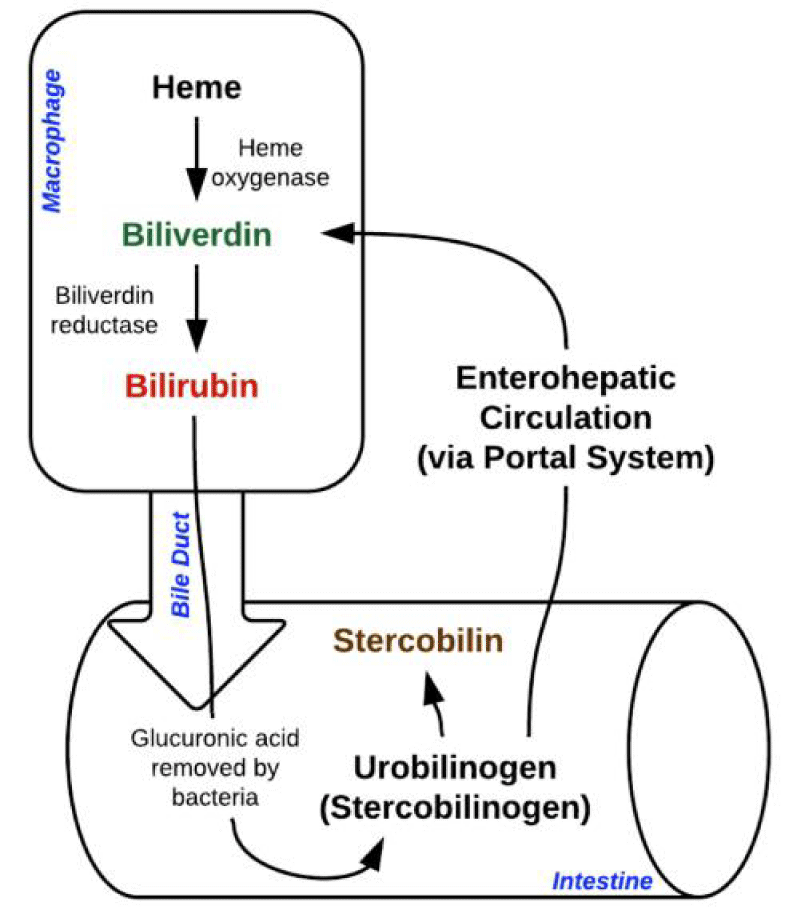
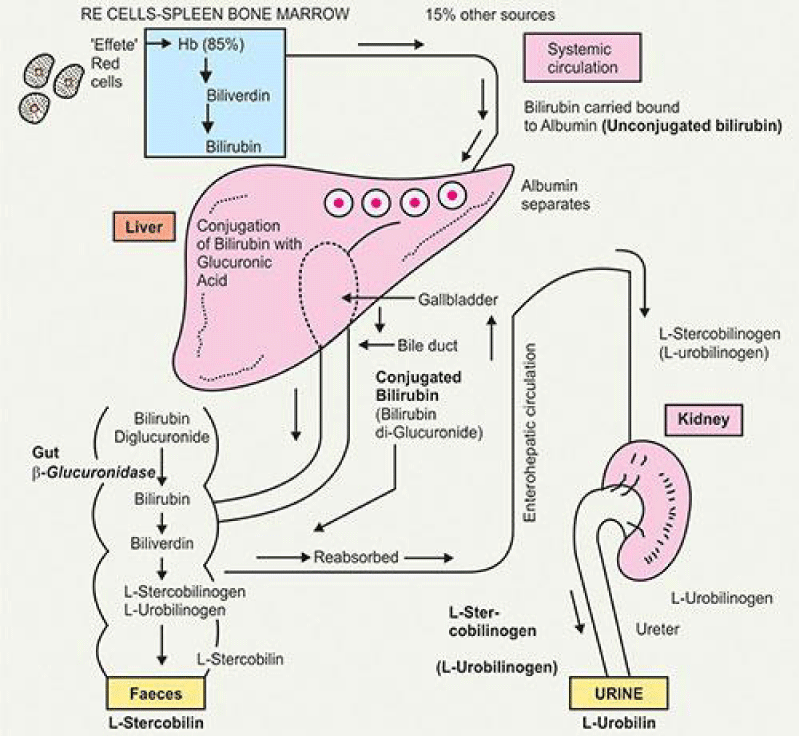
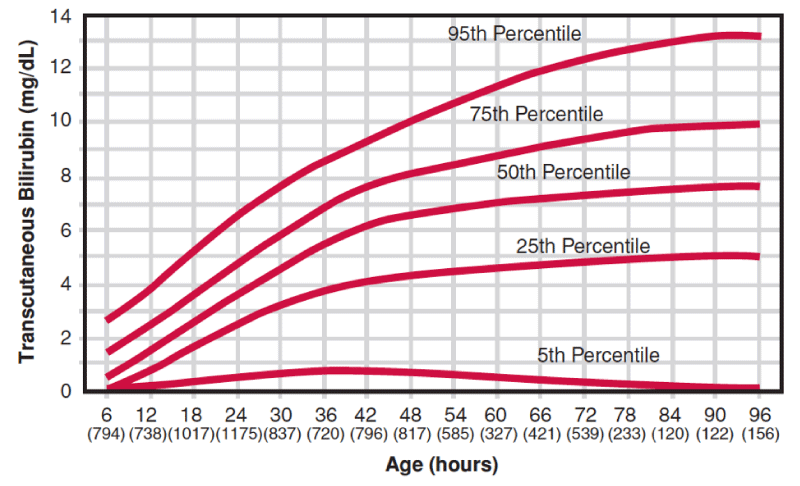

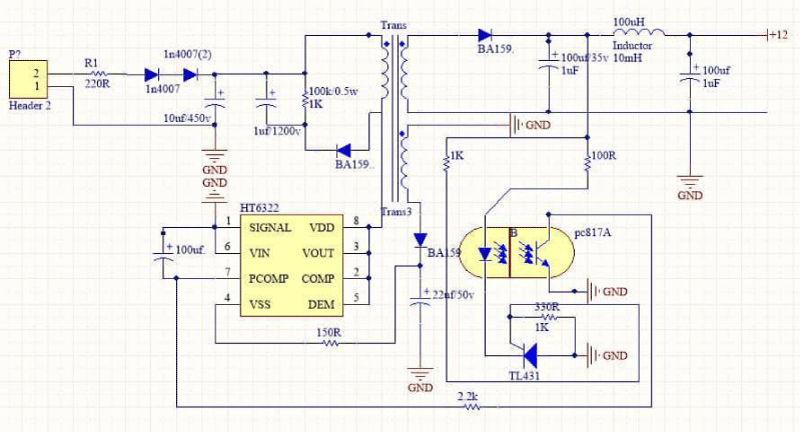
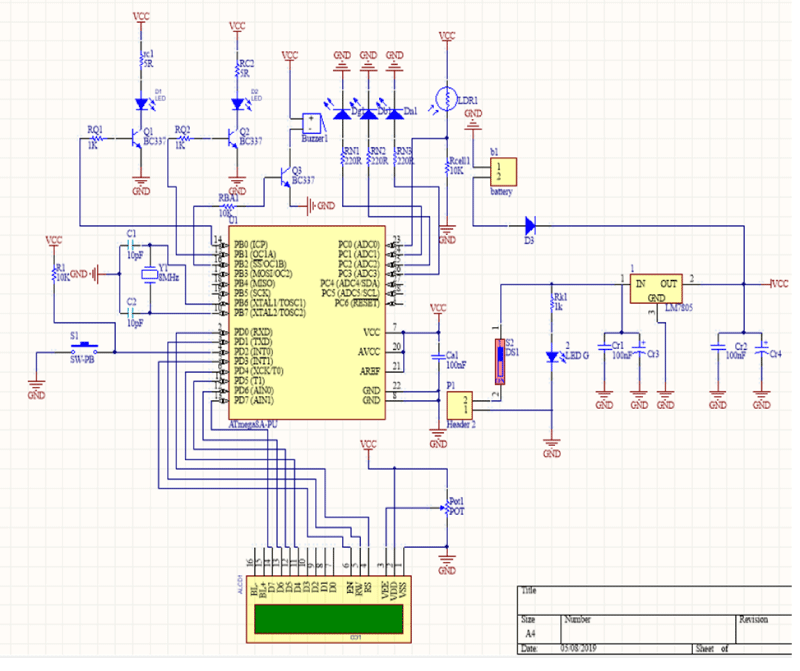


 Save to Mendeley
Save to Mendeley
